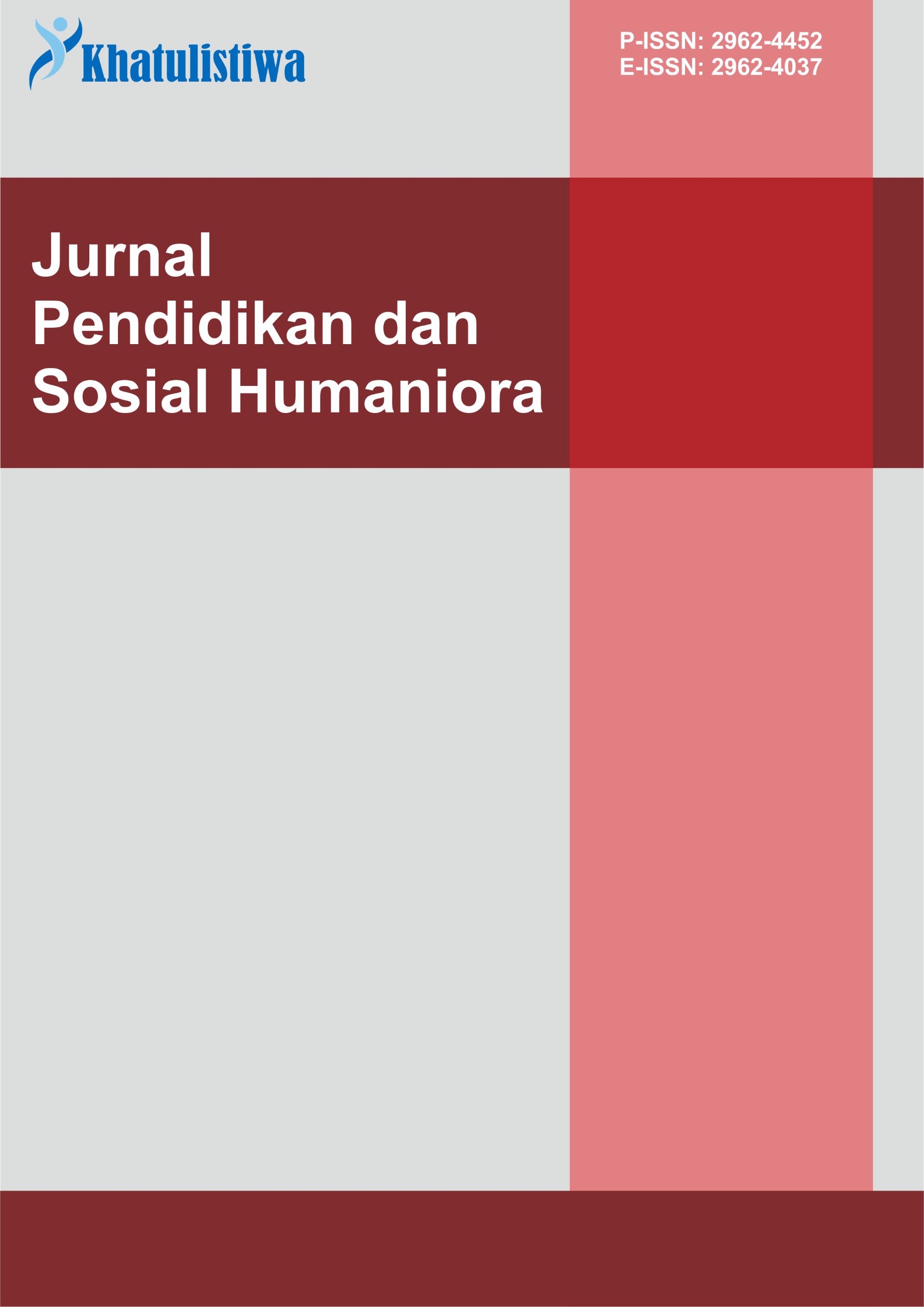Analisis Alih Kode dan Campur Kode Dalam Novel “Sang Pemimpi”
DOI:
https://doi.org/10.55606/khatulistiwa.v5i3.7106Keywords:
Code mixing, Code switching, Linguistic identity, Sociolinguistics, The DreamerAbstract
This study aims to examine the phenomenon of code switching and code mixing in Andrea Hirata's novel Sang Pemimpi using a sociolinguistic approach. The phenomenon of language switching in literary works is a reflection of the social, cultural, and educational dynamics of multilingual societies such as Indonesia. This study applies a qualitative descriptive method with a content analysis approach to the narrative and character dialogues in the novel. Data were collected through text documentation, then classified based on the type of code switching (inter-sentential, intra-sentential, and tag switching) and the form of code mixing (insertion, alternation, congruent lexicalization). The results of the analysis show that code mixing is more dominant than code switching. The use of English in this novel often aims to strengthen character characterization, reflect education levels, and convey social aspirations and modern identities. Code switching is used in certain contexts that function to emphasize certain ideas, emotions, or ideological values. This finding is in line with sociolinguistic theory which states that language choice is closely related to the social context and purpose of communication. This study is expected to contribute to the study of language in literature and become a reference for language teaching and understanding identity through the use of codes in literary texts. Keywords: code switching, code mixing, sociolinguistics, The Dreamer, linguistic identity.
References
Fishman, J. A. (1972). The sociology of language: An interdisciplinary social science approach to language in society. Newbury House.
Gumperz, J. J. (1982). Discourse strategies. Cambridge University Press.
Hirata, A. (2006). Sang Pemimpi. Bentang Pustaka.
Holmes, J. (2013). An introduction to sociolinguistics (4th ed.). Routledge.
Mesthrie, R., Swann, J., Deumert, A., & Leap, W. L. (2009). Introducing sociolinguistics (2nd ed.). Edinburgh University Press.
Muysken, P. (2000). Bilingual speech: A typology of code-mixing. Cambridge University Press.
Nababan, P. W. J. (1984). Sosiolinguistik: Suatu pengantar. Gramedia.
Setiawan, D. (2016). Alih kode dan campur kode dalam novel 5 Cm karya Donny Dhirgantoro: Analisis sosiolinguistik. Jurnal Pendidikan Bahasa dan Sastra, 16(2), 123–132.
Wardhaugh, R. (2010). An introduction to sociolinguistics (6th ed.). Blackwell Publishing.
Yuliana, M. (2019). Penggunaan alih kode dan campur kode dalam novel Negeri 5 Menara karya Ahmad Fuadi: Kajian sosiolinguistik. Bahasa dan Sastra, 20(1), 45–56.
Downloads
Published
How to Cite
Issue
Section
License
Copyright (c) 2025 Khatulistiwa: Jurnal Pendidikan dan Sosial Humaniora

This work is licensed under a Creative Commons Attribution-ShareAlike 4.0 International License.








